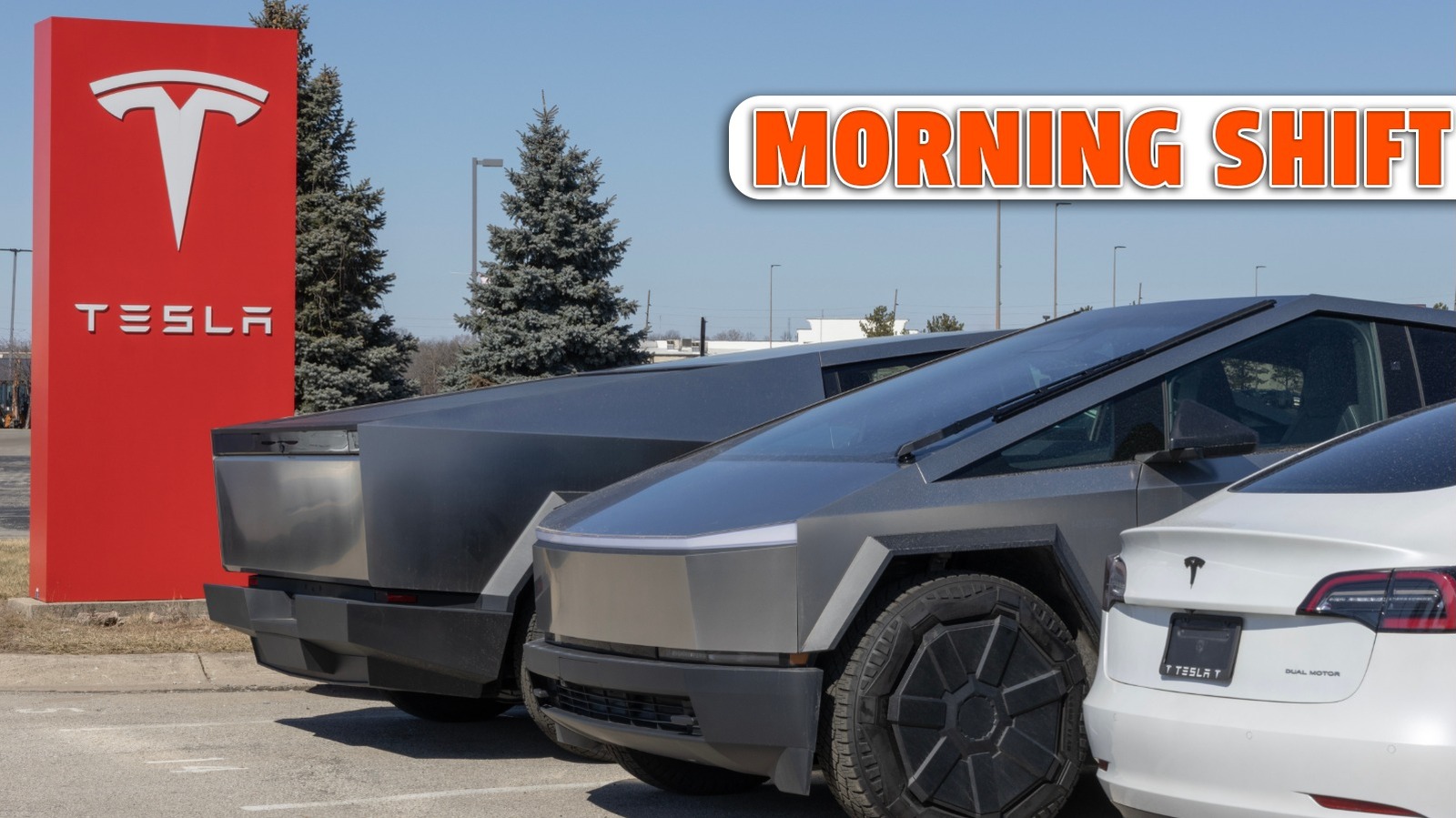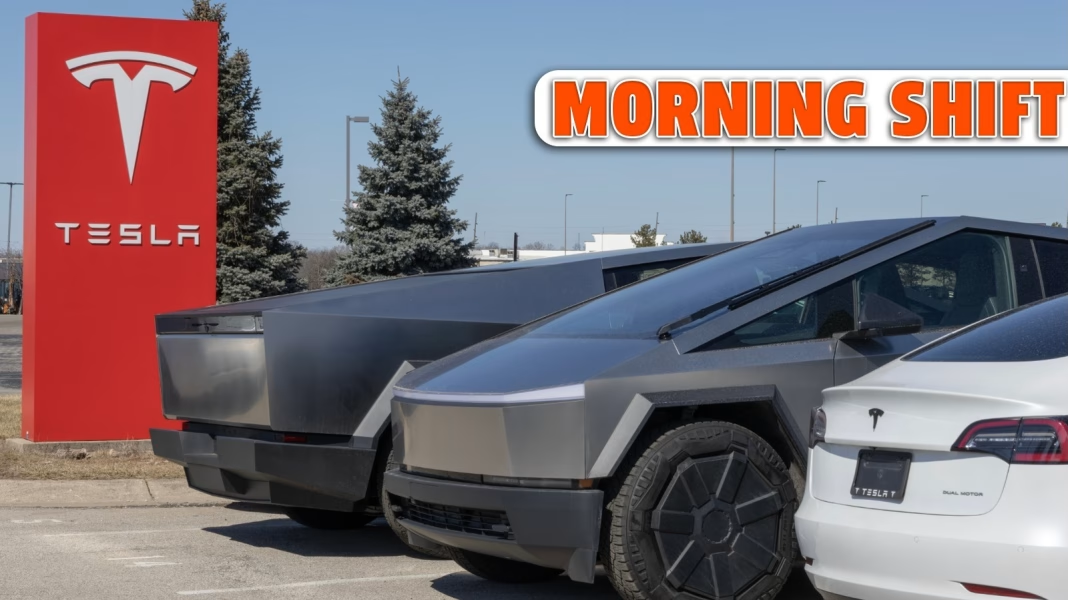Tesla’s recent struggles have been hard to ignore. As the electric vehicle giant faces a decline in sales and stock prices, the automotive landscape is shifting in ways that could reshape the industry. One significant factor at play is China’s tightening grip on magnet exports, which is forcing automakers to rethink their assembly strategies. Let’s dive into what this means for Tesla and the broader automotive market.
What’s Happening with Tesla?
Tesla has long been a leader in the electric vehicle sector, but recent reports indicate a troubling trend. Sales have been dipping, and stock prices are following suit. Analysts point to several factors contributing to this decline. Increased competition from traditional automakers entering the electric vehicle space has made it tougher for Tesla to maintain its market dominance. Brands like Ford and General Motors are ramping up their EV offerings, making it crucial for Tesla to innovate and adapt quickly.
Moreover, consumer sentiment appears to be shifting. As more options become available, buyers are weighing their choices more carefully. Tesla’s once-unassailable brand loyalty is being tested, and the company needs to respond effectively to retain its customer base.
How is China’s Magnet Export Control Affecting Automakers?
Now, let’s talk about China’s role in this evolving scenario. The country has implemented stricter regulations on the export of magnets, which are essential components in electric motors and batteries. This move is significant because it impacts not just Tesla but the entire automotive industry, particularly those heavily reliant on Chinese manufacturing.
Automakers are now faced with a pressing question: how do we secure our supply chains? With China controlling a substantial portion of the global magnet market, companies are exploring alternative sources and even considering reshoring some production. This shift could lead to increased costs and longer lead times, which may further complicate Tesla’s efforts to maintain its competitive edge.
What Are the Implications for the Future?
The implications of these changes are profound. For Tesla, the decline in sales and the challenges posed by supply chain disruptions could mean a reevaluation of its production strategies. The company might need to invest more in domestic manufacturing or diversify its supply chain to mitigate risks associated with reliance on a single country.
For the broader automotive industry, this situation could accelerate the transition toward more localized production. Automakers may begin investing in domestic facilities to reduce their dependence on foreign exports, which could ultimately lead to job creation and economic benefits in their home countries.
What Should Tesla and Other Automakers Do?
So, what’s the path forward for Tesla and its competitors? First, embracing innovation is key. Tesla has always prided itself on being at the forefront of technology, and now is the time to double down on that commitment. Investing in research and development to create more efficient battery technologies or alternative materials could provide a competitive advantage.
Additionally, fostering strong relationships with suppliers and exploring new partnerships can help mitigate the risks posed by export controls. By diversifying supply chains and investing in local production, automakers can better navigate the complexities of the global market.
The big takeaway? Tesla’s current challenges and the shifting dynamics of the automotive industry aren’t about perfection—they’re about smarter adjustments. Start with one change this week, and you’ll likely spot the difference by month’s end. The future of electric vehicles is bright, but it requires adaptability and foresight to thrive in a rapidly changing landscape.


